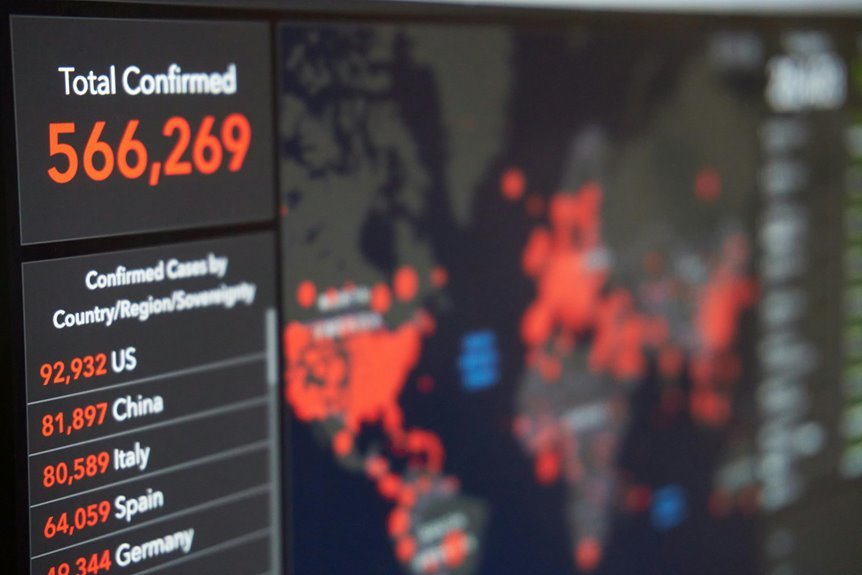The mobile number 2030027935 serves as a case study for understanding the structure of regional mobile numbers. Its breakdown reveals layers of information, including the country code, area code, and subscriber number. Each component plays a critical role in identifying geographic origin and network affiliation. This analysis raises questions about how these elements affect user experience and service delivery, prompting further exploration into the broader implications within telecommunications.
Understanding Mobile Number Formats
Although mobile number formats may vary significantly across different regions, a systematic understanding of these formats is essential for effective communication and data management.
Mobile numbering systems typically include country codes, area codes, and subscriber numbers, which can differ in length and structure. Familiarity with international formats ensures seamless connectivity, allowing users to navigate diverse telecommunication landscapes while maintaining the integrity of their communication channels.
The Significance of Regional Dialing Codes
Regional dialing codes play a crucial role in facilitating efficient telecommunications across different geographic areas. They enhance regional connectivity by allowing seamless communication within and between regions.
Adhering to proper dialing etiquette when using these codes ensures clarity and reduces miscommunication. Furthermore, these codes contribute to the organization of telephone networks, enabling users to navigate complex systems with ease and precision.
Geographic Indicators in Mobile Numbers
Geographic indicators embedded in mobile numbers serve as critical elements in identifying the origin of calls and text messages.
These indicators reflect mobile number geography, revealing the regional dialing codes that correlate with specific locations.
Implications for Users and Service Providers
Understanding the implications of geographic indicators in mobile numbers is essential for both users and service providers. Users may experience enhanced privacy concerns as location data becomes more traceable, potentially compromising service accessibility.
Conversely, service providers must navigate regulatory frameworks to ensure compliance while optimizing regional offerings. Balancing user privacy and service accessibility remains critical in adapting to evolving telecommunications landscapes and user expectations.
Conclusion
In the intricate web of telecommunications, mobile numbers serve as navigational beacons, guiding users and providers through the complexities of regional connectivity. The breakdown of mobile number formats, particularly through the lens of 2030027935, underscores the importance of understanding local dialing codes and geographic indicators. This knowledge not only enhances user communication but also empowers service providers to tailor their offerings, ensuring that the vast landscape of mobile communications operates smoothly and efficiently.




